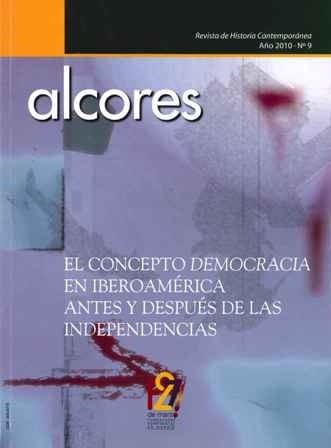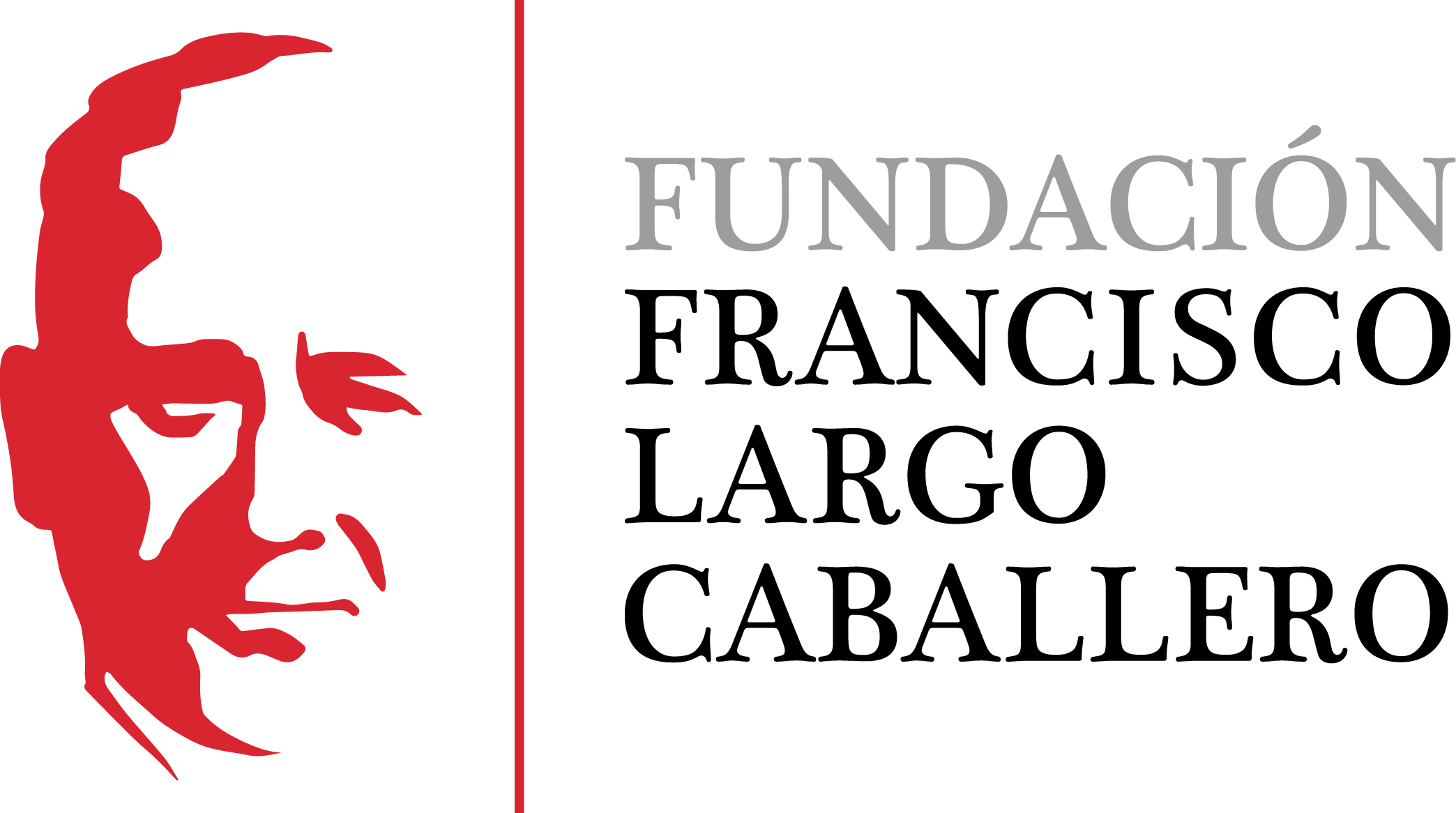The image of the perverse red. About the most concise process against Miguel Villalta Gisbert
DOI:
https://doi.org/10.69791/rahc.194Keywords:
Civil War, Franco’s repression, court-martial, reds, enemies of the Motherland, Miguel Villalta GisbertAbstract
In this study we intend to provide a framework for the analysis and interpretation of the indictments prepared by Franco’s authorities against Republicans, mainly politicians and soldiers. These republicans were considered the enemy and for that reason it was deemed necessary to punish or annihilate them. I deal with the paradigmatic case against Miguel Villalta Gisbert due to the characteristics of the records in this case. In particular, the case was prepared in a very systematic and complete way, largely due to the demands of the accused himself as Villalta had practiced as an examining magistrate before the war. In constructing the framework I use the concept «perverse red», understood as those who had the most characteristic features of the «enemies of the Motherland» and who should be consequently annihilated. All kinds of evildoings had been attributed to the reds: assassinations, robberies, persecutions and arbitrary denunciations, public and private immorality, attacks on religion and sacred places, tendencies towards revenge, etc. In the presence of these accusations, the accused, Miguel Villalta denied them and explained or qualified the nature his behaviour. These declarations and evidence are of particular value because Villalta tried to clean a reputation which had been sullied by previous accusations.
Downloads
Global Statistics ℹ️
|
63
Views
|
27
Downloads
|
|
90
Total
|
|
Downloads
Published
How to Cite
Issue
Section
License
Copyright (c) 2011 Glicerio Sánchez Recio

This work is licensed under a Creative Commons Attribution 4.0 International License.
Alcores is an open-access journal. It provides unrestricted access to its content from the moment of publication. We respect intellectual property rights, and for this reason, the author retains the copyright. All content is distributed under a Creative Commons Attribution 4.0 International (CC BY 4.0) license. The terms of the license can be consulted at: https://creativecommons.org/licenses/by/4.0/
This license allows sharing (copying and redistributing the material in any medium or format) and adapting (remixing, transforming, and building upon the material for any purpose), provided that authorship and first publication in this journal are properly credited, a link to the license is included, and any changes made are indicated.
This type of license facilitates the freedom of reuse and ensures that the content of this journal can be used to meet research needs.





